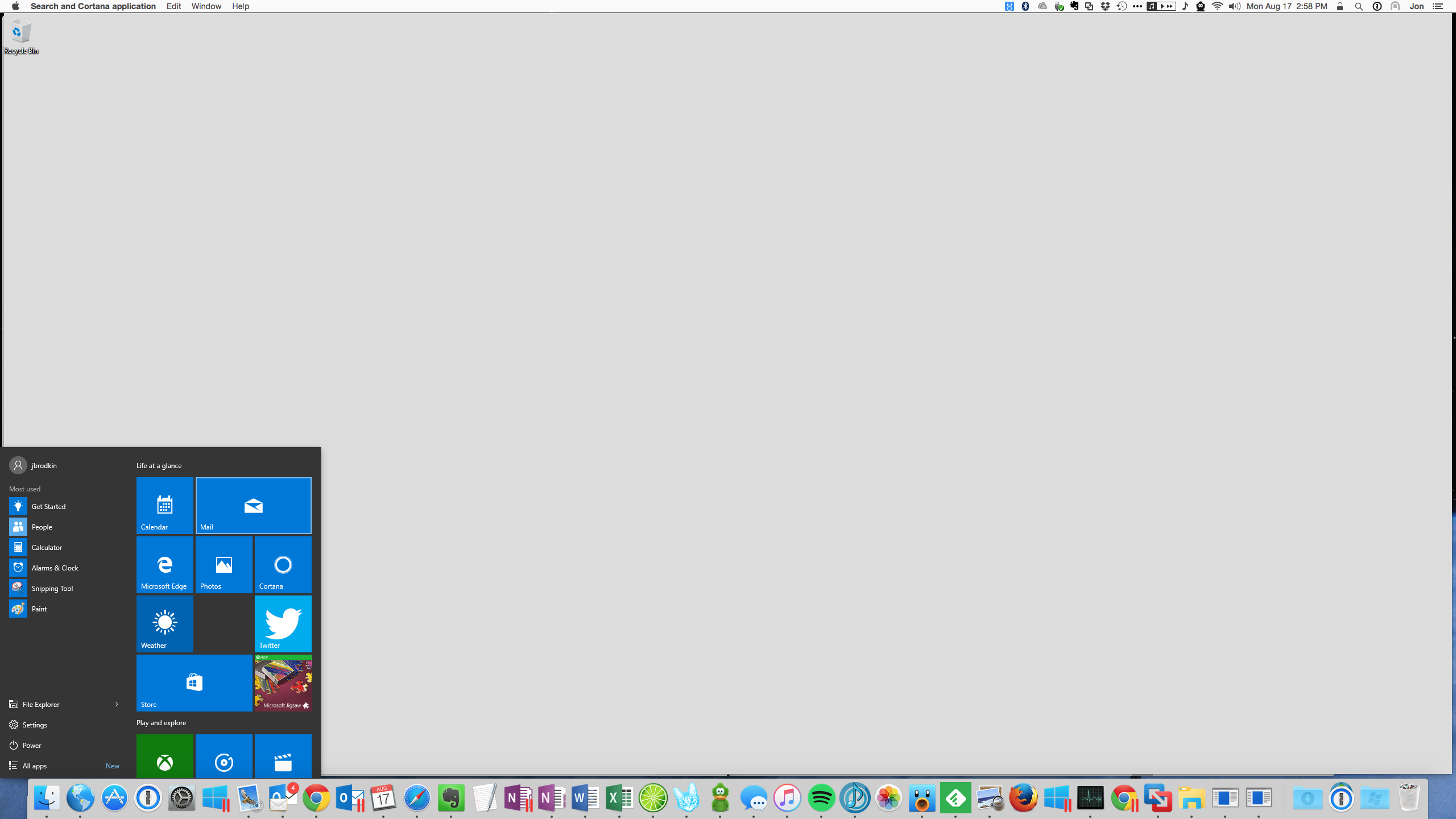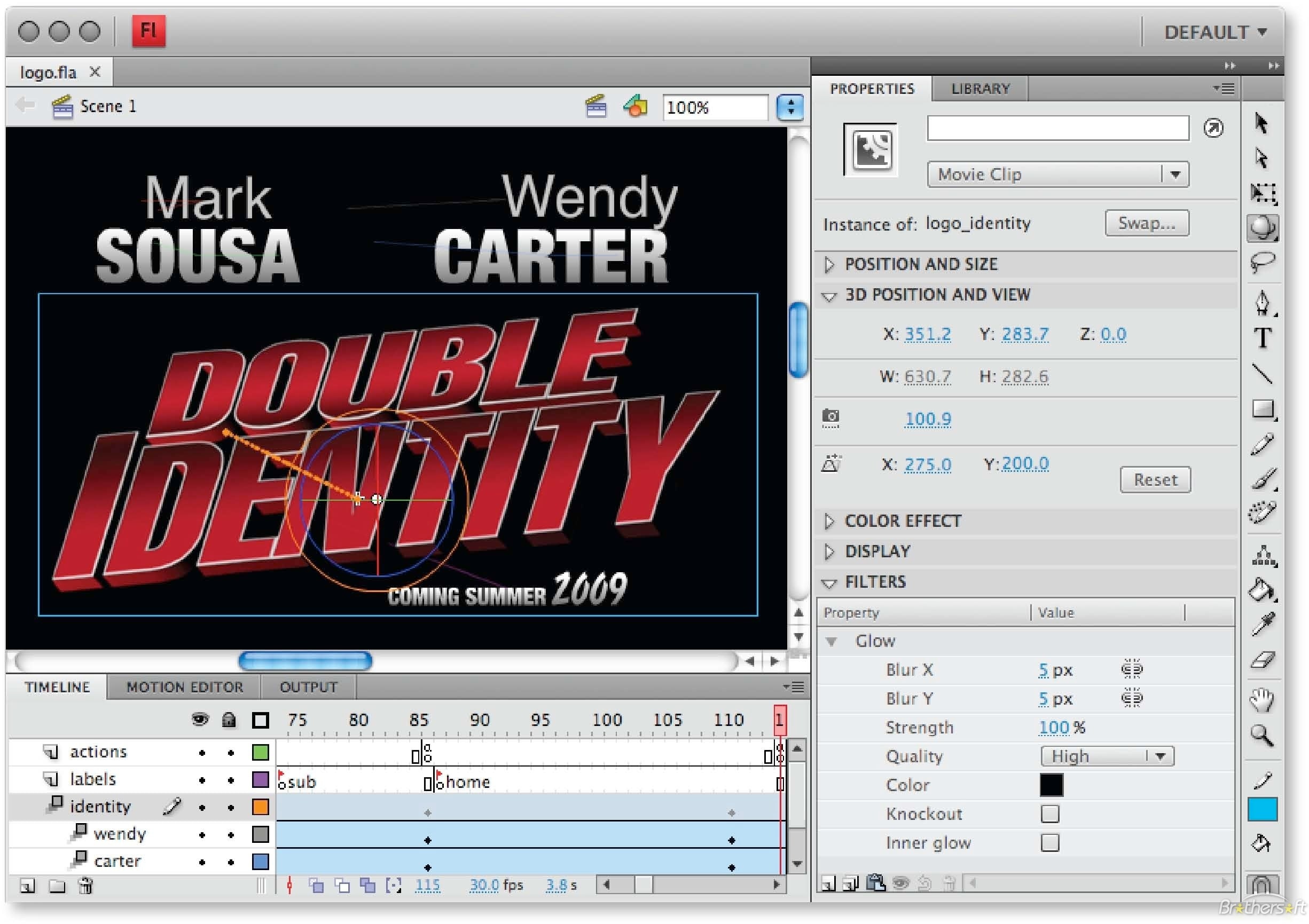If you’ve ever opened your MacBook, MacBook Pro, or MacBook Air after it’s been asleep for a while only to discover that its battery has drained since you last used it, you’re not alone.
Extend battery life while away from a power source. Parallels Toolbox Bonus with Subscription! Over 30 one-touch tools—clean your drive, take screenshots, download a video and more—all with just a single click. Remote Access Bonus with Subscription! The reasons for a battery draining quickly may vary, but the main point is that there are CPU and GPU intensive apps, which obviously requires more power to be delivered by the battery. The more hardware intensive the process initiated by the app is, the quicker it drains the battery. How Do I Monitor the Energy Consumption on My Mac? Several users have reported that their Mac’s batteries were draining faster even though the computer is in sleep mode. According to reports, users experienced an average of one to two percent battery drain per hour of the Mac sleeping. The rate of draining is higher on older Mac models, with up to 30 to 50 percent loss in some cases. Several users have reported that their Mac’s batteries were draining faster even though the computer is in sleep mode. According to reports, users experienced an average of one to two percent battery drain per hour of the Mac sleeping. The rate of draining is higher on older Mac models, with up to 30 to 50 percent loss in some cases.
You might think that the battery shouldn’t drain at all while your Mac sleeps, but in fact, there are several battery-consuming processes going on in the background. This is perfectly normal and not a fault with the battery.
However, if you’ve ever wondered why your MacBook runs out of battery so quickly, there are several things you can do to stop it.
How do I stop my Mac’s battery from draining?
Here are some of the solutions to fix Mac battery drain while in sleep mode.
1. Unplug USB devices
USB devices that draw power from your Mac may continue to use your Mac power while it’s asleep. For example, a USB transceiver for a mouse or external keyboard that remains connected to the device and plugged into your MacBook will drain your battery. The only way to stop this is to unplug the device.
2. Check your Mac for unnecessary background processes
One possible reason for your MacBook battery draining while it sleeps is processes running in the background that you know nothing about. These are often initiated by login items. Login items are applications that get automatically opened when you log in. They can consume a lot of CPU resources and Mac energy.
It’s easy to turn login items off:
- Open System Preferences.
- Go to User & Groups and click your account.
- Switch to Login Items tab
- Select the login items you want to remove and press “-” sign below.
And you’re done.
3. Scan your Mac for malware
Viruses, trojans, adware, and other malware can decrease your battery life. The malicious agents often run parts of software on the background, so it’s worth checking your Mac for security threats.
Luckily, it’s easy to quickly scan your Mac for malware using an app like CleanMyMac X. This utility can identify different types of malware and remove it straight away.
- Download the free version of CleanMyMac X. Install and launch the app.
- Select the Malware removal module in the sidebar.
- Click Scan.
- Hopefully, CleanMyMac will report that it has found nothing and your Mac is free from malware. If not, follow the on-screen instructions to remove the malware it has found.
Detecting malware manually might be tiresome and a long process; CleanMyMac X does a deep scan of your Mac’s system to reveal threats that can hide in unexpected places.
You can configure CleanMyMac X to run automatic malware scans.
- Go to the menu bar and click on the CleanMyMac X menu sign.
- Click on Preferences.
- Go to Protection tab.
- Check “Enable real-time protection.”
4. Turn off Power Nap
Power Nap is a feature of macOS that allows your MacBook to continue checking for new emails as well as Calendar and other iCloud updates. However, to do that, it has to connect to iCloud, which means using battery power. So, if you want to reduce or eliminate the drain on the battery while your Mac sleeps, you’ll need to turn Power Nap off.
- Click the Apple menu and choose System Preferences.
- Choose Energy Saver.
- Uncheck the box next to “Enable Power Nap while on battery power.”
5. Disable Bluetooth while your MacBook sleeps
If you use a Bluetooth keyboard or mouse with your MacBook, a setting in System Preferences allows you to tap a key on the keyboard or a button on the mouse to wake it up. However, that means keeping Bluetooth enabled while your Mac sleeps, which will consume energy. So, if you want to prevent battery drain, disable this setting.
- Go to System Preferences.
- Click Bluetooth.
- Press Advanced.
- Uncheck the box next to “Allow Bluetooth devices to wake this computer.”
Parallels For Mac Drains Battery Capacity
6. Disable notifications while your Mac sleeps
There is no setting that allows you to turn off notifications while your Mac is asleep, but there is one that disables them while the screen is sleeping. And, obviously, if your Mac is asleep, the screen is also sleeping.
- In System Preferences, choose Notifications.
- Click on Do Not Disturb at the top of the sidebar on the left.
- Check the box next to “When the display is sleeping.”
7. Reset the System Management Controller (SMC)
If nothing else works, you should try resetting your Mac’s SMC. The SMC manages various hardware processes, including how the battery works. While it’s something of a last resort, it won’t do your Mac any harm and is often recommended by Apple as a fix for problems that can’t be fixed with simpler solutions.

How to reset the SMC on MacBooks with a non-removable battery
- Turn off your MacBook.
- When it is shut down, press Shift+Control+Option (Alt) keys.
- While holding down those keys, press the power button (On MacBooks with the Touch Bar, the Touch ID button is the power button).
- Hold down the keys and the power button for ten seconds, then release them.
- Press the power button again to start up your Mac.
How to reset the SMC on MacBooks with a removable battery
- Turn off your Mac.
- Remove the battery.
- Push and hold the power button (Touch ID button) for 5 seconds.
- Reinstall the battery.
- Press the power button to start up your Mac.
There are many possible reasons why your MacBook battery drains overnight. The good news is that they can all be fixed. We recommend that you start by unplugging your USB devices and disabling login items. You can also use CleanMyMac X to check your Mac for malware, which can be why your Mac battery quickly runs out of charge. By following the steps above, you should notice your MacBook’s battery lasts much longer between charges.

If you are experiencing a noticeably high battery loss while your MacBook Pro / Air enters sleep mode, try one of these methods to fix the problem. Ideally, your Mac should lose something between 0 to 1% of battery while sleeping overnight without the charger.
Disconnect USB devices
MacBooks have this weird ability to keep all USB ports powered while in sleep mode. Even a simple USB mouse nano-receiver will eventually consume a significant amount of battery power, so make sure to disconnect all USB devices when putting your Mac to sleep.
Disable Power Nap
Go to System Preferences > Energy Saver and uncheck the Enable Power Nap while on battery power option.
Disable Bluetooth in sleep mode
Go to System Preferences > Bluetooth > Advanced and deactivate the Allow Bluetooth devices to wake this computer option.
Disable Notifications in sleep mode
Go to System Preferences > Notifications, select the Do not Disturb option from the list and activate the When the display is sleeping option.
Disable networking discovery in sleep mode (NOT recommended)

Just for the sake of completeness, I’m adding this method shown in other blogs, but I don’t recommend using it. Some users complained about being unable to revert this change.
Parallels For Mac Drains Battery
Open a Terminal window, type the following command and press enter:
WARNING: This change seems to be non-reversible in certain MacOS versions and could cause network features to permanently stop working. Use with extreme caution as a last resource.
You will be prompted for the administrator password to set this option.
Reset the System Management Controller (SMC)
If none of the previous option fixes the issue, try resetting your SMC. This process will fix all kind of weird hardware issues as well.
If the battery is nonremovable:
- Choose Apple menu > Shut Down.
- After your Mac shuts down, press Shift-Control-Option on the left side of the built-in keyboard, then press the power button at the same time. Hold these keys and the power button for 10 seconds. If you have a MacBook Pro with Touch ID, the Touch ID button is also the power button.
- Release all keys.
- Press the power button again to turn on your Mac.
If the battery is removable:
- Shut down your Mac.
- Remove the battery.
- Press and hold the power button for 5 seconds.
- Reinstall the battery.
- Press the power button again to turn on your Mac.
After applying any or all of the mentioned options, restart your MacBook just to make sure settings are updated. Feel free to leave your comments below if one of these methods fix or doesn’t fix the problem with your MacBook.